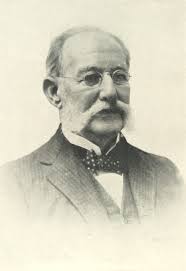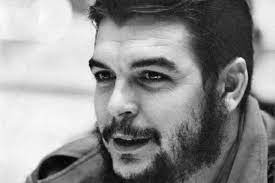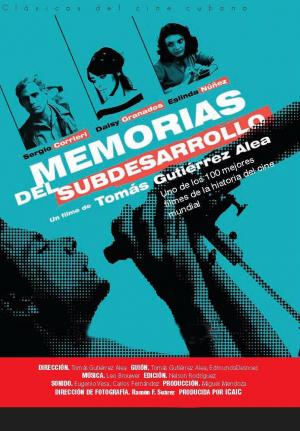
Havana ephemeris. August 19.
1915. Carlos Juan Finlay dies in Havana.

Medical epidemiologist, his main contribution to world science was his explanation of the mode of transmission of yellow fever. Finlay formulated and disclosed the main measures to be taken to prevent yellow fever epidemics, which had to do with the destruction of the larvae of the transmitting mosquitoes in their own breeding sites.
Born on December 3, 1833 in Santa María de Puerto Príncipe, the name by which the current city of Camagüey was known, and descendant of a family of English doctors, Finlay completed a good part of his primary education and all of his secondary education in Germany. and France.
He subsequently achieved the status of Doctor of Medicine in the city of Philadelphia, United States of America.
In 1855 he revalidated his medical studies at the University of Havana. Finlay carried out all of his professional activity in Cuba and devoted himself entirely to the study of the diseases that afflicted the population.
He was closely linked to the country's scientific centers and, according to evidence, most of his works were read and discussed within the Havana Academy of Medical, Physical and Natural Sciences.
Among his multiple works, some dealt with childhood tetanus, tuberculosis, malaria, leprosy and other diseases.
1960. Commander Ernesto Che Guevara inaugurates the indoctrination course sponsored by that organization at the headquarters of the Ministry of Public Health in Havana.

In his conference he explains how his vocation for medicine was born. He also points out that to be a revolutionary doctor it is necessary to first make the Revolution.
He affirms that doctors must abandon individual positions and go to production centers, cooperatives and other places, as well as put their talent at the service of the people.
1960. The film Memories of Underdevelopment directed by Cuban director Tomás Gutiérrez Alea is premiered in Havana.

In 1960 he directed the first fiction feature film of the Cuban Institute of Cinematographic Art and Industry, ICAIC, Historias de la Revolución. In the years of that decade he also directed films such as The Twelve Chairs and The Death of a Bureaucrat.
These films, which achieved popularity and acceptance by specialized critics, both in Cuba and internationally, revealed his cinematographic genius.
Gutiérrez Alea felt a great love for cinema and placed great value on its proper use.
2006. Journalist and documentary filmmaker Julio Antonio Vázquez dies in Havana.
He obtained his first successes with the documentary A Florencio Gelabert, with which he won the July 26 Award, Cause 37 and the series Colors in the Gulf (in five chapters), which reflected the history of plastic arts in Cuba from its beginnings to the contemporary stage.
He worked for the Granma newspaper, as a journalist, from 1970 to 1978. He then wrote for the Magazine of the Committee for the Defense of the Revolution (CDR), El Caimán Barbudo and other publications.
In 1986 he began working at the Cinematographic Studies of the Cuban Institute of Radio and Television (ICRT), where he also made documentaries dedicated to Wifredo Lam and other relevant Cuban artists. In recent years he wrote scripts for the television program Andar La Habana.
His birth took place in the Cuban capital on April 22, 1948.